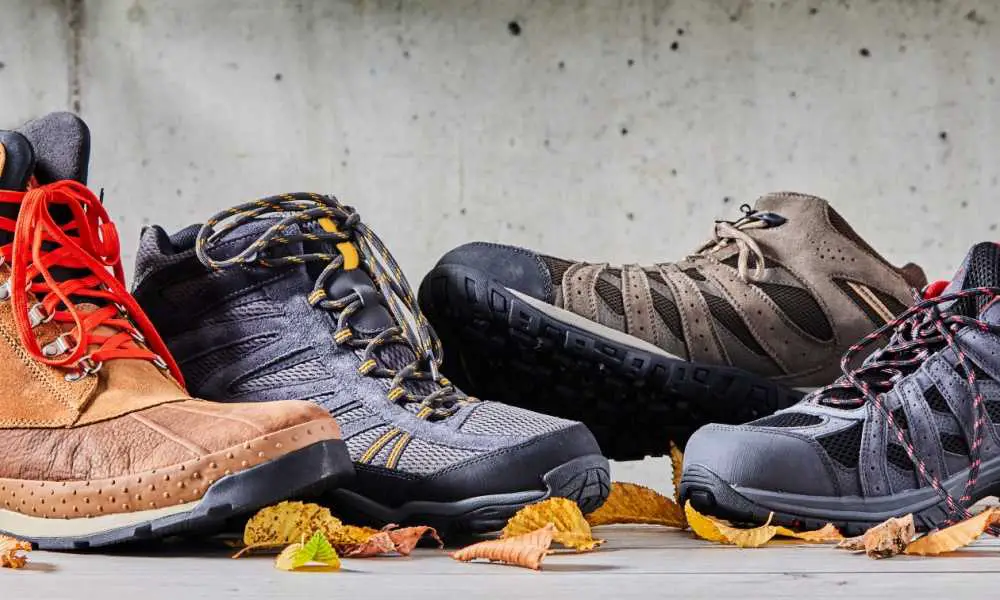How Should Hiking Boots Fit?

You will spend a lot of hours walking in your hiking boots. When you consider potentially adding a full pack to your body weight, getting the sizing and fit of your boots right is key.
- How tight on your foot should hiking boots be?
- Do hiking boots stretch or will yours remain the same shape from your first hike to your last?
Side Note: It is critically important to get a quality pair of boots. You can go cheap on other gear but your boots are NOT the place to cut corners.
How tight should hiking boots be?
The fit of a hiking boot does not come down to the simple personal preference of the wearer. A hiking boot will not be able to provide the stability and comfort expected of it if it is not properly fitted.

A hiking boot should be snug around the main part of your foot, clinging to your foot with its tongue pressed against the ankle. Inside the boot, you should have enough room to wiggle your toes. If you’re unable to wiggle your toes once your hiking boots have been fully fastened, they are too small and will be no fun to hike in. The lack of toe space means when you are going down steep inclines your toes will push against the front of the boot. Doing that for very long can cost you your toenail in addition to hurting! It is important to remember that hiking boots generally don’t fit like shoes do, so you should avoid default purchasing a pair in your shoe size.
In fact, more often than not, hiking boots run a little small. If you are purchasing your boots online as opposed to in-store, you obviously will not have the opportunity to try them on before them shipped. Make sure you go with a company that has a good return policy. Also for that reason, we advise all hikers who choose to buy their boots online to read the customer reviews of any pair they consider purchasing in order to determine if the boots in question run small and, if so, by how much.
How much range of motion should there be?
Some boots offer greater flexibility than others, with those intended to be worn in warmer weather generally granting the wearer greater flexibility than boots intended to be worn during the winter months. There is a bit of an assumption that cold weather correllates to heavier packs and more extreme trail conditions.
Many hiking boots come fitted with a steel shank, which has its pros and its cons. On the plus side, a steel shank provides enhanced support, which makes it particularly alluring to those who hike long distances with any degree of frequency. A significant drawback of steel shanks, however, is that they greatly restrict the wearer’s range of motion, which is far from ideal if you are trying to navigate uneven terrain which calls for careful positioning of your feet. For example slab inclines when you want a lot of surface contact.

For this reason, many hikers choose hiking boots with nylon shanks. While a nylon shank does not offer quite as much support as a steel shank, it does grant the wearer superior flexibility, allowing them to contort their foot as necessary to safely complete his or her hike. Purchase a pair of boots with nylon shanks and you can expect significantly more movement than a pair with steel alternatives.
Should Hiking Boots Be a Size Bigger?.
While you might wear thicker socks than usual with a pair of hiking boots that doesn’t mean you should go a size larger than your normal shoe size as general rule.
Your thicker socks will compress in any portions of the boots that require them to. Additionally, given that one of your most important goals with hiking boot fit is preventing blisters, an extra size is likely to cause slippage and blisters regardless of how they feel in a casual in-store try-on session.
If you are the recipient of “bro-science” that says you should get boots one-size bigger than your shoe size ignore it. Focus on getting the right fit based on how each brand and model feel after you walk in them for a while.
